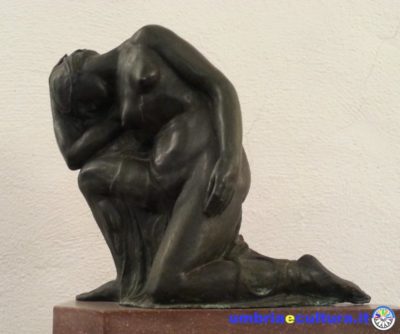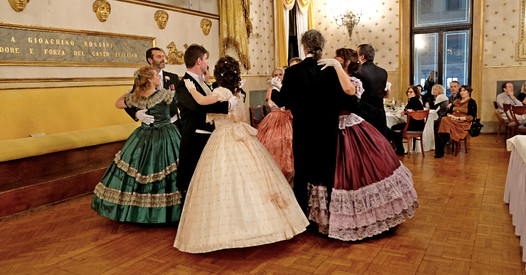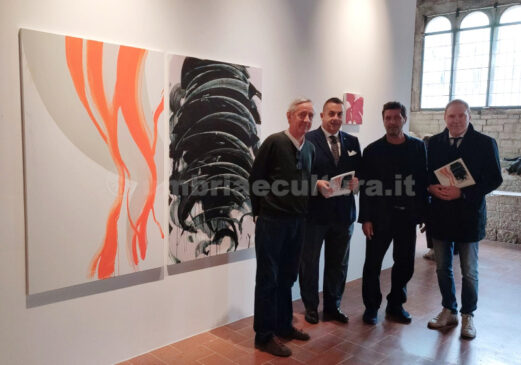The rooms of the museum dedicated to the works of Guido Calori overlook the cloister of an ancient convent of Poor Clares, devoted to welcoming pilgrims who traveled to and from Rome along the Via Flaminia.
Born in Rome in 1883, self-taught, Guido Calori dealt with multiple themes and approached different artistic techniques, as well as being a man of high culture, he was in fact a painter, sculptor and ceramist.
The visit itinerary winds through several rooms, and follows a temporal path.
The production ranges from themes such as the reproduction of exotic animals (a very popular theme in the early 1900s in the Roman academy), religious or mythological themes. In the first exhibition hall, an unfinished work is also visible, through which it is possible to grasp the steps necessary to create a sculpture with the ancient technique of “lost wax”.
In the second room several works are visible with subjects of human figures. The most interesting and disturbing is certainly the one entitled “The mockery”.
This statue participated in the 1931 Venice Biennale and, although not declaredly, portrayed Margherita Sarfatti, then a person of total influence in the field of cultural heritage and lover of the leader Benito Mussolini, in a hilarious derision.
But why such a provocation? Because Sarfatti removed Calori from the chair of Fine Arts from the University of Naples in favor of one of her friends.
Calori, however, paid a high price for his revenge: until then well seen by the fascist regime who commissioned him various public works, he was, from that moment on, excluded from any relationship or commission.
The women portrayed by Calori all have masks on their eyes, the reason for this artistic choice remains to be understood.
In another room, works from the last period of Guido Calori are visible. Some works have a religious subject, others were functional to the apotheosis of the Empire: like the figures of African women for example, made before it was “banned” by the regime. We can also admire a series of “potters”, whose reading can be multiple: the possibility for everyone to create and shape their own existence, in close connection with the earth and nature, or even the post-war reaction, an invitation to get busy in rebuilding the country, starting from the most humble works.
The last room, where you can also see a cell of the Poor Clares, preserves a sort of reconstruction of the master’s study, with the palette, colors and tools for modeling. Works on canvas are visible: “Pygmalion”, “The Concert”, “Harlequin with the guitar” where the theme of women with the mask on their faces returns.
Calori, as we said, in addition to being a multifaceted artist, was also a man of vast culture and with the most varied interests. He has always lived as a free artist, modeling, in fact, his existence based on his desires and his cultural and artistic impulses, also paying the consequences in person.



